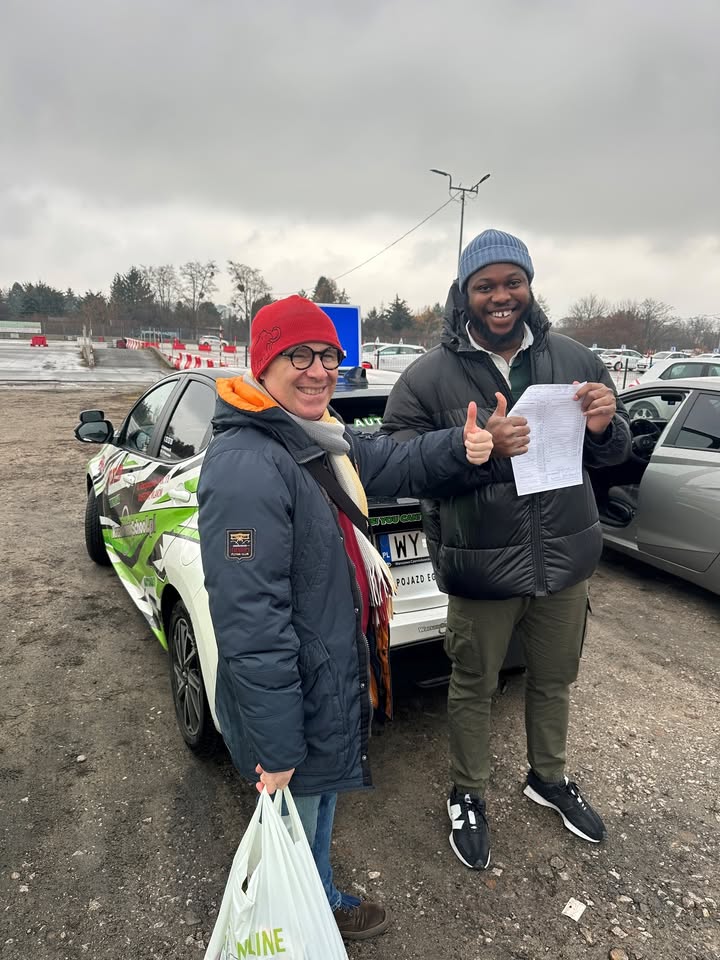Driving Licenses B 101 A Complete Guide For Beginners
페이지 정보
작성자 Antoine Moose 작성일25-09-07 00:14 조회3회 댓글0건관련링크
본문
Understanding Driving Licenses: Types, Requirements, and Frequently Asked Questions
Driving is a fundamental element of modern-day life, and obtaining a driving license is a crucial milestone for lots of people. This post explores the various types of driving licenses available, the requirements to acquire them, and answers commonly asked questions related to the topic. A well-informed perspective on driving licenses can help people comprehend the significance of selecting the proper type of license to fulfill their requirements.
Kinds Of Driving Licenses
Driving licenses can vary in between countries and areas, but they normally fall into numerous major classifications. The following table sums up the most typical types of driving licenses, including their purposes and typical constraints.

| Kind of License | Description | Typical Restrictions | Eligibility Age |
|---|---|---|---|
| Learner's Permit | Permits beginner drivers to practice. | Need to drive with a licensed adult. | 16-18 years of ages |
| Class C License | Standard license for traveler lorries. | No restriction on variety of travelers. | 18 years or older |
| Class A License | Commercial license for large vehicles. | Should adhere to stricter guidelines. | 21 years or older |
| Class B License | For driving buses and bigger lorries. | May need special recommendations. | 21 years or older |
| Bike License | For running bikes. | Should use a helmet; varies by state. | 16-18 years old |
| International License | Permits legal driving in foreign nations. | Should have a legitimate domestic license. | 18 years or older |
Student's Permit
The student's permit is the very first step for many individuals venturing into the world of driving. This license allows novice motorists to practice driving under supervised conditions, normally needing a certified adult over a certain age to accompany them in the automobile.
Class C License
The Class C license is the most typically held driving license, allowing individuals to operate basic guest automobiles. This license usually has less restrictions compared to other categories.
Class A and B Licenses
Class A and Egzamin Z Prawa Jazdy Kat B Online licenses are necessary for running business automobiles. These licenses require special training and screening, ensuring that drivers are geared up with the abilities required for steering bigger and more complicated cars securely.
Motorbike License
People interested in riding motorbikes should acquire a bike license, which can need extra training and testing. Security equipment, such as helmets, is often mandated by law.
International License
A global driving license allows individuals to drive in foreign nations, but it is essential to have a valid domestic driving license in conjunction with the worldwide authorization.
Requirements to Obtain a Driving License
The requirements for getting a driving license can vary considerably by jurisdiction. However, there are common steps and requirements that many candidates will come across. Below is a list of basic requirements:
Age Requirement:
- Minimum age varies; student's permits are typically released at 16, while complete licenses might require candidates to be 18 or older.
Vision Test:
- Most jurisdictions need candidates to pass a vision test to guarantee safe driving abilities.
Composed Test:
- New chauffeurs need to pass a composed exam that covers traffic laws, roadway signs, and safe driving practices.
Driving Test:
- Practical driving tests are conducted to demonstrate a candidate's capability to run a vehicle securely under numerous conditions.
Fees:
- Payment of application and testing charges is generally needed.
Evidence of Identity:
- Applicants should supply valid identification, such as a passport or birth certificate, along with proof of residency.
Parental Consent (for minors):
- Parental or guardian authorization is often needed for candidates under the age of 18.
Comprehending the various types of driving licenses and their involved requirements is essential for anyone seeking to drive legally and safely. Each license serves an unique purpose, dealing with different driving needs, from standard vehicles to business transport and motorbikes. By meeting the essential requirements and adhering to guidelines, aspiring drivers can enjoy the freedom of driving while ensuring their safety and the safety of others.
Often Asked Questions (FAQs)
What do I need to bring when requesting a driving license?
- You normally need to offer recognition, evidence of residency, and any needed application fees. Contact your local DMV or licensing authority for specific requirements.
The length of time does it require to acquire a driving license?
- The timeline can differ based on specific situations, such as how rapidly one can complete the required tests, and whether there is a stockpile at the licensing authority.
Can I drive with a learner's license?
- Yes, but you should be accompanied by a licensed motorist and adhere to limitations set by your regional laws.
What occurs if I fail the driving test?
- You normally have the option to retake the test after a designated waiting period, which varies by jurisdiction.
Is it needed to take a driving course?
- While not constantly mandatory, taking a motorist's education course can be beneficial and is typically required for people looking for a student's license.
By being informed about the types of licenses available, the requirements needed for acquiring one, and the associated guidelines, possible drivers can browse the process of getting a driving license with self-confidence.

댓글목록
등록된 댓글이 없습니다.

